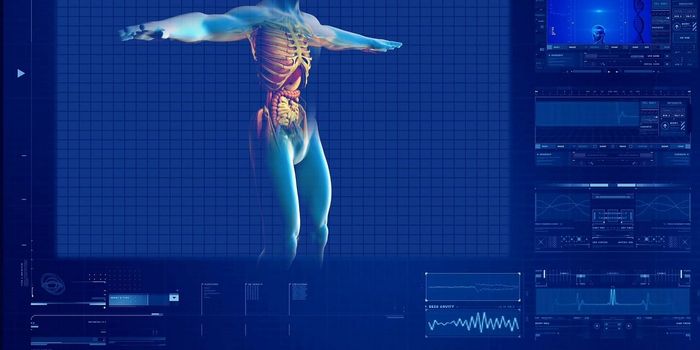Affordable Device Uses Light Beams to Detect Malaria
Malaria is a mosquito-borne illness that causes flu-like illness and high fevers. Though illness and death from malaria can usually be prevented, in 2020 alone 241 million clinical cases of malaria occurred, and 627,000 people died of malaria.
Since malaria disproportionately affects people in poverty, affordable methods of diagnosis and treatment are critical in reducing the harm caused by the disease. Current diagnostic methods for malaria include optical microscopy, rapid diagnostic tests (RDTs), and molecular tests. These methods tend to either be technically demanding, time-consuming or require specialized expertise.
Scientists at the University of Queensland are proposing a miniaturized NIRS spectrometer as a simple-to-use, non-invasive, reagent-free technique to detect malaria. The device works by using a near-infrared part of the electromagnetic spectrum to detect the presence of the malaria parasite through the skin.
The use of the device is as simple as shining a beam of light on the skin for approximately 5 seconds and collecting a spectral signature from the device. Study co-author Dr. Maggy Lord says that “the technique is chemical-free, needle-free and detects malaria through the skin using infrared light–it’s literally just a flash on a person’s skin and it’s done.”
The researchers involved in the study hope that this technology can be used to test large groups of people relatively quickly. This could help in the effort to eliminate the disease since people who are asymptomatic of malaria can still have the malaria parasite and act as a reservoir for transmission by mosquitoes.
“The World Health Organisation has proposed large-scale surveillance in endemic areas and this non-invasive, affordable and rapid tool offers a way to achieve that,” adds Dr. Lord.
Though this technology is still in its infancy, researchers are excited by its potential as a tool in fighting disease. Dr. Lord adds that “in our post-COVID world, it could be used to better tackle diseases as people move around the globe.”
Sources: Centers for Disease Control and Prevention, PNAS Nexus








